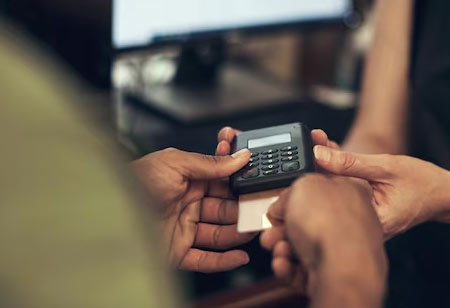THANK YOU FOR SUBSCRIBING

By
Banking CIO Outlook | Wednesday, July 30, 2025
Stay ahead of the industry with exclusive feature stories on the top companies, expert insights and the latest news delivered straight to your inbox. Subscribe today.
FREMONT, CA: The banking industry is constantly advancing, especially in payment and card services, requiring banks to implement best practices that prioritize security, efficiency, and customer satisfaction. One critical approach is the use of advanced encryption and tokenization techniques, which protect data by rendering it unreadable if intercepted. Furthermore, incorporating Multi-Factor Authentication (MFA) strengthens security by requiring multiple forms of verification for access or transactions. These verification methods may include something the user knows (e.g., a password), something they have (e.g., a smartphone), and something unique to them (e.g., a fingerprint).
Banks must use AI and machine learning algorithms to monitor transactions in real-time for unusual patterns that may indicate fraudulent activity. Prompt alerts and transaction blocking can prevent significant losses. A seamless, intuitive interface for online and mobile banking platforms is crucial. Customers should be able to navigate easily, perform transactions quickly, and access their account information without hassle. Offering round-the-clock customer support through multiple channels (phone, email, chat) ensures customers can resolve issues promptly, enhancing their overall experience.
Personalized recommendations and services can significantly improve customer satisfaction. It can include tailored offers, spending insights, and customized alerts. Adopting these best practices in payment and card services can help banks enhance security, improve customer experience, foster innovation, ensure regulatory compliance, and achieve operational efficiency. Banks can enable secure sharing of customer data with third-party providers to enhance the customer experience through innovative financial products and services. Exploring blockchain technology for safe, transparent, and efficient transactions can help banks stay at the forefront of innovation.
Blockchain can reduce costs and increase transaction speeds. Regular security audits and risk assessments ensure that the bank's payment and card systems remain secure and compliant with regulatory requirements. Simplifying the customer onboarding process, including KYC and AML checks, can reduce friction and improve the customer experience. Implementing efficient processes for handling disputes and chargebacks is essential. Banks should continuously seek ways to optimize costs in their payment and card services, such as negotiating better rates with payment processors and adopting cost-effective technologies.
Analyzing transaction data helps banks understand customer behavior, detect fraud, and identify new product and service opportunities. Quick and fair issue resolution enhances customer trust and satisfaction. Banks can use predictive analytics to anticipate customer needs and trends, allowing them to offer solutions and improve customer engagement proactively. Regularly tracking and analyzing performance metrics, such as transaction success rates, fraud rates, and customer satisfaction scores, helps banks identify areas for improvement and measure the impact of their strategies. Banks can meet the challenges of the modern financial landscape and maintain a competitive edge.
THANK YOU FOR SUBSCRIBING
Be first to read the latest tech news, Industry Leader's Insights, and CIO interviews of medium and large enterprises exclusively from Banking CIO Outlook
I agree We use cookies on this website to enhance your user experience. By clicking any link on this page you are giving your consent for us to set cookies. More info



